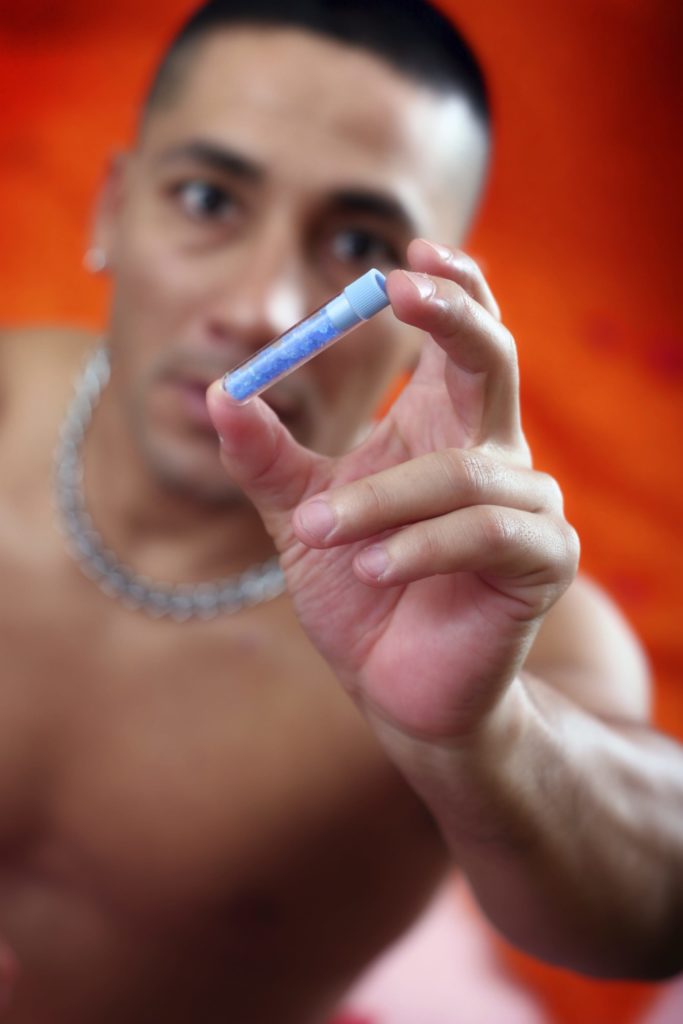An abuse-resistant opioid pain medication called Hysingla ER has been approved by the Food and Drug Administration to treat people for whom other remedies have proven ineffective. Opioids are common targets of drug abuse in the U.S., and anyone who misuses one of these medications has sharply increased odds of developing a diagnosable case of opioid addiction (opioid use disorder). The FDA has pushed American pharmaceutical manufacturers to create prescription opioids that are difficult to use improperly. In November 2014, the agency announced the approval of an abuse-resistant product, called Hysingla ER, which contains a new formulation of hydrocodone, one of the most common active ingredients in opioid medications.
Opioid Medications and Opioid Addiction
Opioid medications contain controlled doses of the same types of active ingredients found in opioid drugs and in the plant known as the opium poppy. These ingredients have a legitimate medical use because they can profoundly reduce the brain’s ability to sense pain signals sent from various parts of the body. As a rule, doctors prescribe opioid medications only for moderate or severe pain symptoms that don’t improve with the use of weaker, less dangerous medication options. In addition, they place limits on the amount of opioids supplied to any one patient and may also place limits on the amount of time for which these medications are prescribed. The main motivation for limiting access to opioid medications is the desire to reduce the public’s risks for opioid abuse and opioid addiction. Opioid addiction is a concern because all opioid substances can eventually make changes in the brain’s baseline chemistry that contribute to the development of a physical dependence. In turn, a physically dependent opioid user is at risk for falling into the uncontrolled, clearly damaging pattern of consumption that marks the presence of opioid addiction. The highest risks for addiction typically appear in people who abuse their prescribed medication or consume an opioid medication in any amount without having a prescription.
Hydrocodone
Hydrocodone is an active ingredient in opioid pain and cough medications that include Vicodin, Hycodan, Lorcet and Lortab. Doctors in the U.S. prescribe Vicodin and other hydrocodone-based products more often than they prescribe any other single opioid. In just the first half of 2014, over 65 million prescriptions for products containing the opioid were filled across America. Roughly 24.4 million American preteens, teenagers and adults have abused a medication containing hydrocodone at least once over the course of their lives. Many of those who abuse hydrocodone end up needing treatment for opiate addiction. The only other opioid medication with a remotely comparable rate of abuse is oxycodone (the active ingredient in OxyContin, Percocet and Percodan).
New, Abuse-Resistant Product
Hysingla ER was developed, in part, in response to the agency’s requests for the development of opioid pills and tablets that are difficult to crush and turn into a powder. (When illicitly transformed into powder form and inhaled or injected, opioid medications have much more rapid effects inside the brain and can easily promote the onset of physical dependence and addiction.) The medication was also developed in response to growing nationwide concerns about the rate of prescription opioid abuse, as well as in response to the connection between such abuse and heightened chances of initiating intake of the powerful opioid drug heroin. Hysingla ER contains a new hydrocodone formulation designed to be resistant to crushing or other actions intended to transform the medication into a powder. In addition, if successfully converted into powder form, the new formulation will turn into a gel when exposed to water or other liquids; this chemical alteration makes the medication much harder to abuse through injection into a vein, into a muscle or under the skin. The FDA notes that the use of Hysingla ER does substantially reduce the risks for hydrocodone-related opioid abuse and addiction. However, the agency also notes the fact that no medication is completely tamper-proof. In order to limit the abuse and addiction risks associated with Hysingla ER, the U.S. Food and Drug Administration has only approved use of the medication for the treatment of ongoing, severe pain that doesn’t respond to more conservative treatment options. In addition, the medication is not intended for people with no prior history of prescription opioid use.






